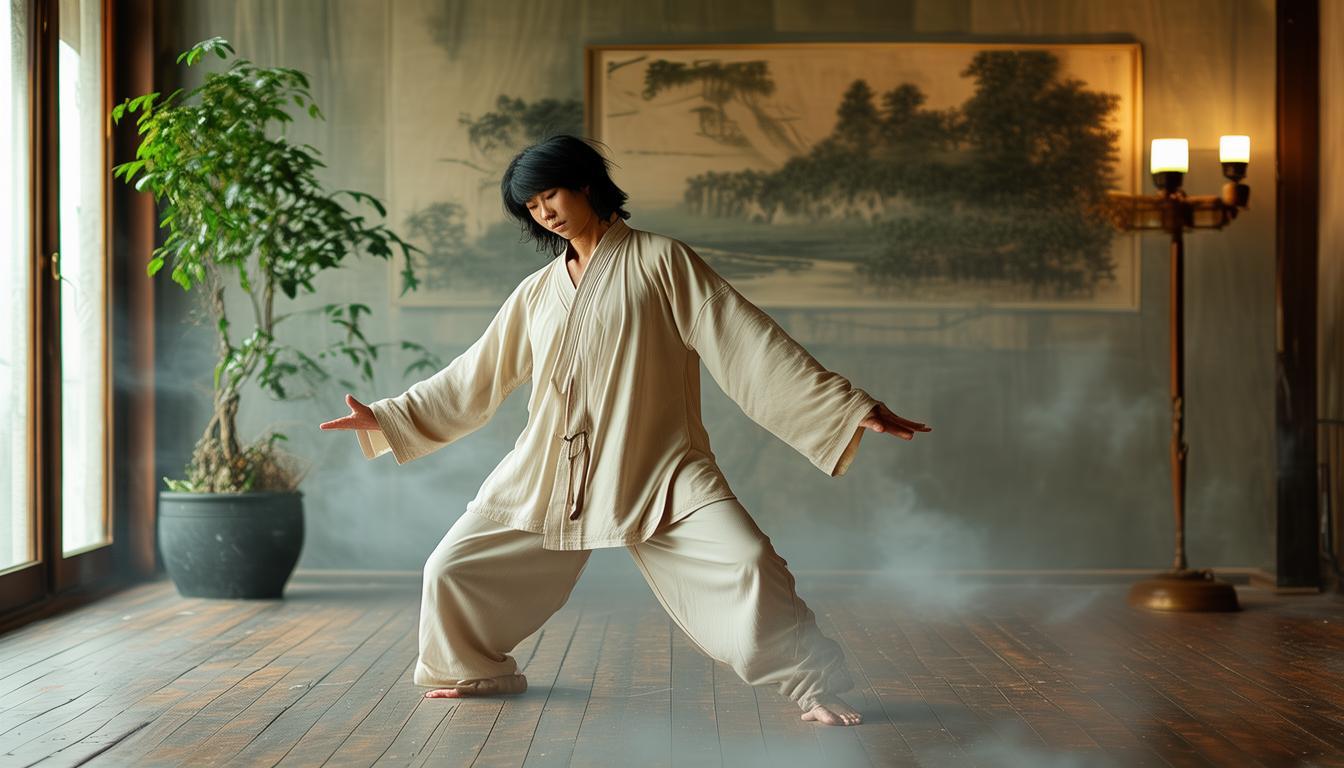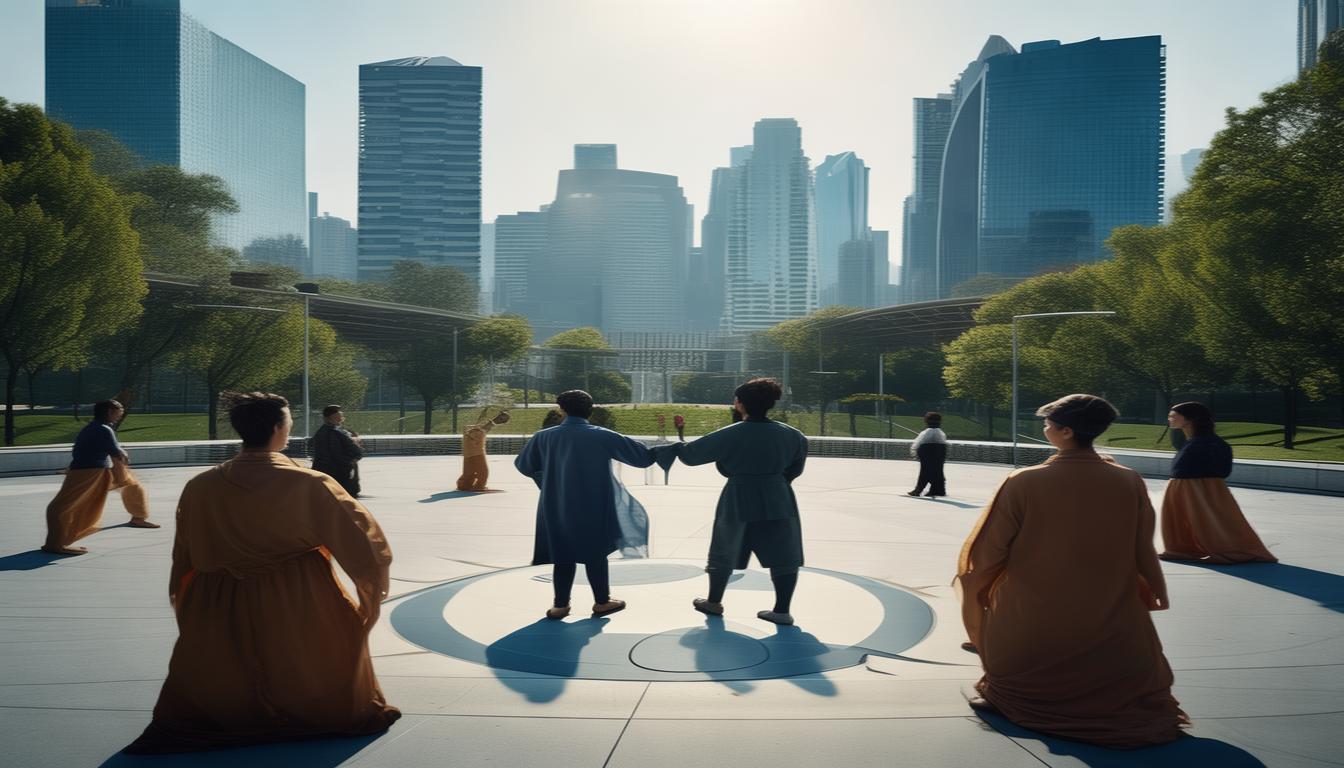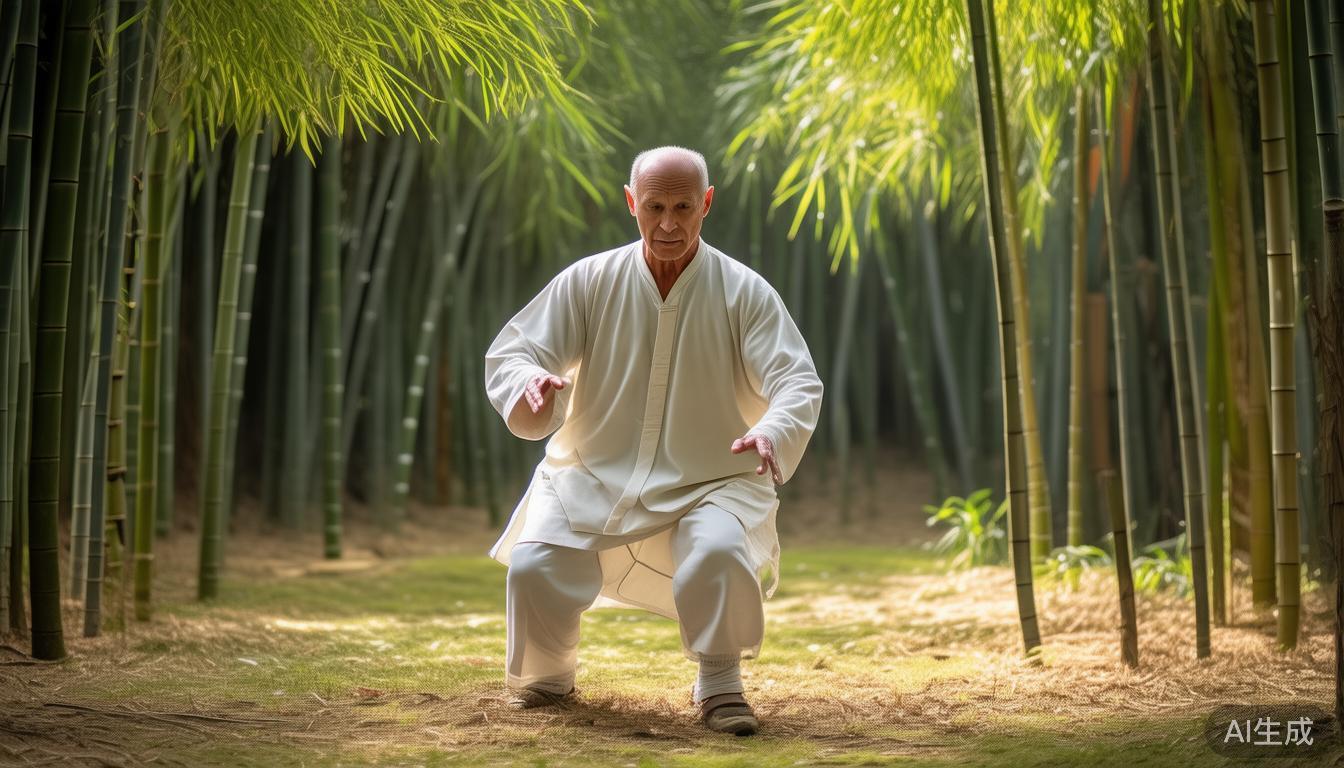Tai chi exercises are a traditional Chinese martial art with extensive cultural significance and abundant health benefits. It promotes body – mind harmony through slow – paced movements and deep breathing, making it popular all over the world.
Origins of Tai Chi
Tai chi has a long history, dating back centuries in China. It was influenced by traditional Chinese philosophy such as Taoism and Confucianism. Many schools trace their roots to the Chen family in Henan province. Over time, different styles like Yang,Wu tai chi exercises , and Sun styles emerged, each with its own unique features. These styles started spreading within local Chinese communities and gradually gained global attention.
People in ancient China were constantly exploring ways to maintain health and achieve inner peace. Tai chi, combining physical postures with spiritual cultivation, became a preferred option. Elders teach the younger generation, passing down knowledge about this amazing art form from one generation to another.
Health Benefits
Tai chi puts your whole body into motion. The slow and continuous movements work various muscle groups, gradually strengthening your body. It is also beneficial for joint health, with the gentle turns and flexions helping reduce the risk of arthritis. Breathing deep and even during tai chi regulates the heart rate and blood pressure, providing cardiovascular benefits.

Mentally,tai chi has a calming influence. The focus required for each movement helps clear the mind of distractions. When you practice Tai Chi Lessons , you enter a state of relaxation, easing stress and anxiety. Many people say that after a tai chi session, they feel a sense of tranquility and mental clarity, as if all their worries are washed away.
Training Methods
Learning tai chi starts with mastering the basic postures. You need to learn how to stand firmly, keep your back straight, and distribute your weight evenly. Coordinating your hands and feet movements is also key. Beginners usually start under a teacher's guidance to correct their postures.
As you get more familiar, you should start focusing on the rhythm and breathing. Movements are closely associated with inhalation and exercise. Smooth and appropriate breathing will enhance the overall effect of your practice. Regular practice with a group can also add an element of fun. You can learn from others and receive timely feedback.
Cultural Significance
In Chinese culture, tai chi symbolizes the harmony between yin and yang. The movements represent the balance of opposing forces within our body and the universe. It reflects the Chinese pursuit of unity and balance in all aspects of life. Festivals and community gatherings often feature tai chi performances, highlighting its cultural importance.

Tai chi has also become a cultural bridge between China and other countries. When people from different cultures practice it, they not only learn a physical exercise but also gain insights into Chinese traditions. It serves as a medium for cultural exchanges, making the world a more connected and understanding place.
Popularity Abroad
In recent decades Parkinson Tai Chi , tai chi has quickly become popular overseas. Westerners are attracted by its combination of exercise and spiritual cultivation. Fitness centers all over the world now offer tai chi classes, and more and more people are signing up to learn this ancient art.
Tai chi events are also frequently held. Competitions and exhibitions draw enthusiasts from different corners of the globe. International exchanges allow people to learn various tai chi styles and share their experiences. It has truly transformed into a global health and cultural movement.
Do you have any plans to start a tai chi practice after learning about it? If so, hit like and share this article with your friends!




